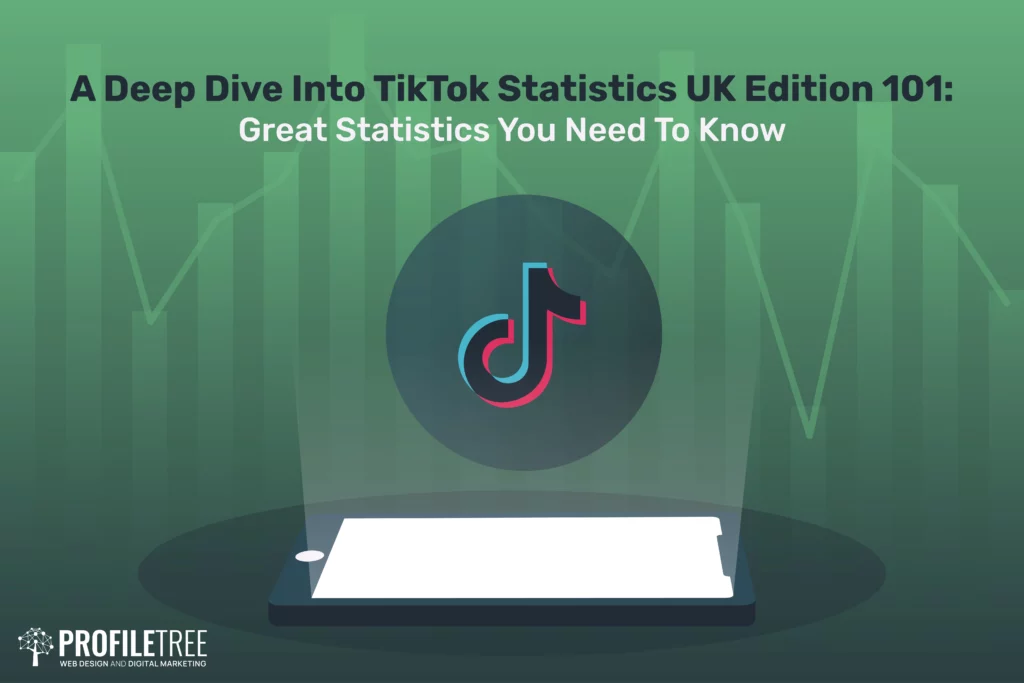The gaming industry stands as a captivating and pioneering force in the world of technology, captivating audiences globally with its immense cultural significance and continuous technological advancements. With the integration of cutting-edge technology, gaming companies across platforms like PCs, consoles, and mobile devices have successfully brought their mesmerising games to over three billion individuals.
Undoubtedly, the gaming industry now holds a paramount position among the most vital and inventive sectors in the tech realm. Ranging from free online gaming websites like Unblocked Games FreezeNova and ESL Games Plus to most popular games like Fortnite Battle Royale. Its profound impact on culture, social networks, and entertainment cannot be overlooked. The entertainment industry has transcended its association solely with movies, as gaming has emerged as one of the most captivating and exhilarating forms of amusement to a massive global audience.
From humble beginnings within basement setups, where enthusiasts experimented with pong joysticks, nobody could have fathomed the extraordinary transformation that awaited the gaming industry. These seemingly simplistic games have become the foundation of today’s gaming landscape, fostering instant cultural phenomena that continue to flourish.
The Significant Role of Data Science in the Gaming Industry
Data science is an indispensable force shaping the gaming industry. Its strategic incorporation enables companies to navigate the immersive realm of game design, fuel player retention, and customise each player’s in-game experience. Today, we embark on an insightful journey, unravelling the multiple facets where data science thrives within this vibrant landscape.
The gaming industry finds that collecting and analysing players’ data is fundamental, for these processes provide insight into players’ behaviour and preferences. Companies seize the opportunity to amass invaluable insights by systematically deploying in-game tracking, surveys, and an array of innovative approaches.
Discovering insights about players’ behaviour and preferences is crucial for game developers seeking to enhance their gaming experience. Developers can tailor the game design and increase player retention by collecting various forms of data, such as players’ in-game actions, spending habits, and demographics. In terms of in-game activities, this encompasses tracking levels completed, in-game items purchased, and the duration of play sessions. These valuable insights shed light on how players engage with the game.
Additionally, monitoring spending habits allows developers to gauge how much players invest in in-game items and micro-transactions. Demographic data, including age, gender, and location, further enrich the understanding of players’ unique characteristics. With this comprehensive data, companies can pinpoint and rectify specific pain points, thus ensuring players remain engaged throughout their journey.
Furthermore, comprehending players’ spending habits aids in identifying the most popular in-game items, enabling developers to craft captivating content for future updates. Embracing these data-driven approaches empowers game developers to create immersive and tailored experiences that resonate with their player community.
Essential Statistics for the Gaming Industry
The gaming industry is experiencing an unparalleled triumph, whopping at an incredible $300 billion. This achievement can be primarily credited to the rise of mobile games and, more notably, the impact of the ongoing Covid-19 pandemic. However, this industry holds more than just remarkable financial growth; it also significantly influences our entertainment and culture.
Whether you have ambitions of working in this dynamic industry or are simply captivated by gaming, delving into these eye-opening gaming statistics can provide valuable insights and knowledge. By discovering these fascinating facts and figures, you will be empowered to chart your course or dive deeper into the thrilling realm of gaming.
Recent Video Gaming Industry
- In 2023, video gamers have significantly increased to become around 3.26 billion around the world, which is a 7.54% increase since 2022.
- Expectations are that the number will keep rising to around 3.8 billion by 2027, with over 530 million new players joining the video gaming realm.
- Almost 83% of sales generated from video games take place in the digital world.
- Free-to-play games generate the most revenue, 85% of the gaming industry.
- The PC gaming sector alone is expected to generate 46.7 billion dollars by 2025.
- 38% of the world’s gamer fall between the ages of 17 and 35.
- The average time players spend in front of their video games in the United States is 7.71 hours per week.
- 4% of video game players around the world suffer from gaming addiction.
- The gaming industry profits skyrocketed during the COVID-19 pandemic and during the lockdowns, experiencing a surge of 39% in the average time spent gaming around the world.
- During the lockdowns, 30% of people in Britain reported skipping their meals, ignoring showering and being sleep deprived just to play their video games.
- An online survey was conducted among 1026 Irish gamers in 2023 and found that 27% spent 2 to 5 hours playing video games daily.
Demographic Analysis on Video Gamers
- Video game players around the world comprise 1.8 billion PC players, 63.7 million Xbox players, and 151.4 million PlayStation players.
- The average age of gamers is 31 years old for Europeans, 34 for Australians, and 33 for Americans.
- Half of the percentage of gamers in Europe and the United States are females.
- Female players represent around 35% of all gaming platforms in Asia.
- Most of the female players in Asia are mobile gamers, representing 95%, while only 17% play on consoles and 60% play on PCs.
- Studies have shown that men are more prone to develop gaming addiction than women.
- The average gamer worldwide spends around 8 hours and 27 minutes each week.
Most Played Game Genres
- Action and action-adventure games are the genres most played, representing 75% or more.
- 63% of gamers enjoy playing casual games.
- 28% of gamers prefer shooting games, while only 23% are more inclined towards role-playing games.
- Simulation gameplays represent 22% worldwide.
The Negative Effects of Video Gaming Addiction

The number of video gamers has significantly skyrocketed during the lockdowns of 2020, given the time people spend indoors. At that time, the gaming industry profited greatly, considering that many people had started their gaming journeys. In 2020, there was an estimated 2.7 billion active video gamers worldwide, which kept increasing, reaching over 3 billion in 2023.
Although the gaming industry was flourishing, the adverse effects of gaming addiction became more evident. The results are not similar for all gamers, where it may vary from one person to another. The statistics of video game addictions claim that 2 to 3% of gamers can become clinically disordered unless a limit to their excessive usage comes into the picture.
Here are some of the negative consequences of gaming addiction:
1. Poor Quality of Sleep
In the vast world of the gaming industry, there has always been an ongoing concern for the physical and mental well-being of players. Gamers often struggle with poor sleep hygiene, affecting their overall well-being. Video game addicts who consistently disregard the importance of sleep inevitably experience detrimental consequences in various aspects of their life.
In academic pursuits, professional endeavours, or even day-to-day activities, insufficient rest adversely impacts one’s ability to remain concentrated and perform optimally. Recognising the profound influence of adequate sleep on overall performance is therefore crucial for gamers seeking to excel in all facets of life.
2. Poor Eating Habits and Dehydration
Indulging in video games not only affects our daily habits but also affects our dietary choices. Interestingly, some studies have found that enthusiastic gamers tend to consume higher amounts of saturated fat and sodium, primarily through their inclination towards salty snacks. This also suggests a correlation between gaming and unhealthy eating habits, where it was observed that gamers tend to have a lower intake of essential fruits and vegetables, potentially missing out on crucial nutrients.
One of the great adversity of the gaming industry is that gamers tend to engage less in physical activities than non-users. This sedentary behaviour raises concerns about the overall well-being of video game addicts. It’s essential to take a step back and reflect on our gaming habits, ensuring we prioritise healthy meals and proper hydration by consuming at least three meals daily and two to three litres of water. By building a mindful balance between gaming and self-care, we can ensure our enjoyment and fitness levels thrive simultaneously.
3. Obesity and Diseases Related to Weight Problems
In the realm of physical well-being, the repercussions of leading a sedentary lifestyle become increasingly apparent. The consequences are not underestimated, as our bodies undergo significant changes without movement and exercise. Picture this: weight gain, progressive muscle loss, stiff and achy joints, and a slumped posture are just a few outcomes of neglecting physical activity.
However, the repercussions extend far beyond these predictable outcomes. Surprisingly, chronic inactivity – glued to a single position throughout the day – can usher in even more severe consequences. Think chronic headaches persisting like a nagging guest while neck and back problems emerge to further mess with your daily routine. All in all, your physical well-being is at stake when you allow stillness to control your life.
4. Affects Concentration
Immersing yourself in the world of gaming requires unwavering focus and concentration, an experience that commands your undivided attention. However, the allure of this digital realm can prove to be a double-edged sword. The more we indulge in gaming, the greater the challenge of diverting our attention to other important facets of our lives, such as academics or professional pursuits.
Experts refer to this phenomenon as “pre-occupation,” a telltale symptom of gaming disorder. It’s characterised by constant thoughts about gaming that persist even when one is not actively engaged in the activity, leading to difficulties concentrating on other vital tasks.
5. Increased Hostility
There is a never-ending debate about the negative impact of violent video games on an individual’s level of hostility, especially in young children. Despite initial assumptions, numerous studies have suggested that playing these games can surprisingly calm our amygdala, the part of the brain responsible for processing emotions.
This intriguing finding implies that the act of gaming may lead to the suppression of our feelings rather than intensifying them. However, it is essential to note that excessive and addictive gaming can have adverse consequences. Restlessness and aggression, for instance, have been observed as potential symptoms of gaming disorder withdrawal. Therefore, mindfully balancing and approaching video game usage is crucial to ensure a healthy gaming experience.
6. Induces Depression and Social Anxiety
The relationship between gaming and depression and social anxiety remains a subject of intense debate among researchers. While conclusive evidence is yet to be established, significant insights have been gained from studies like the one conducted by Tortolero et al. in 2014. This research successfully identified a noteworthy connection between video games and depression.
Notably, it revealed that individuals who played video games for more than two hours daily were more likely to experience depressive symptoms. Though the topic continues to spark discussions, these findings focus on the potential impact of excessive gaming on mental well-being.
The gaming industry is dynamic and shows no signs of slowing down. Its growth and evolution are captivating, paving the way for a thrilling future. With the continuous advancement of data science, we can expect an incredible transformation in gaming. As data collection and analytics technologies improve, enthusiasts will be treated to more intricate and tailored in-game adventures, surpassing anything we’ve seen. Moreover, data science will revolutionise the gaming industry by unlocking novel and inventive applications that we can’t even fathom. Brace yourselves for an exhilarating journey into the boundless possibilities of gaming’s future.


